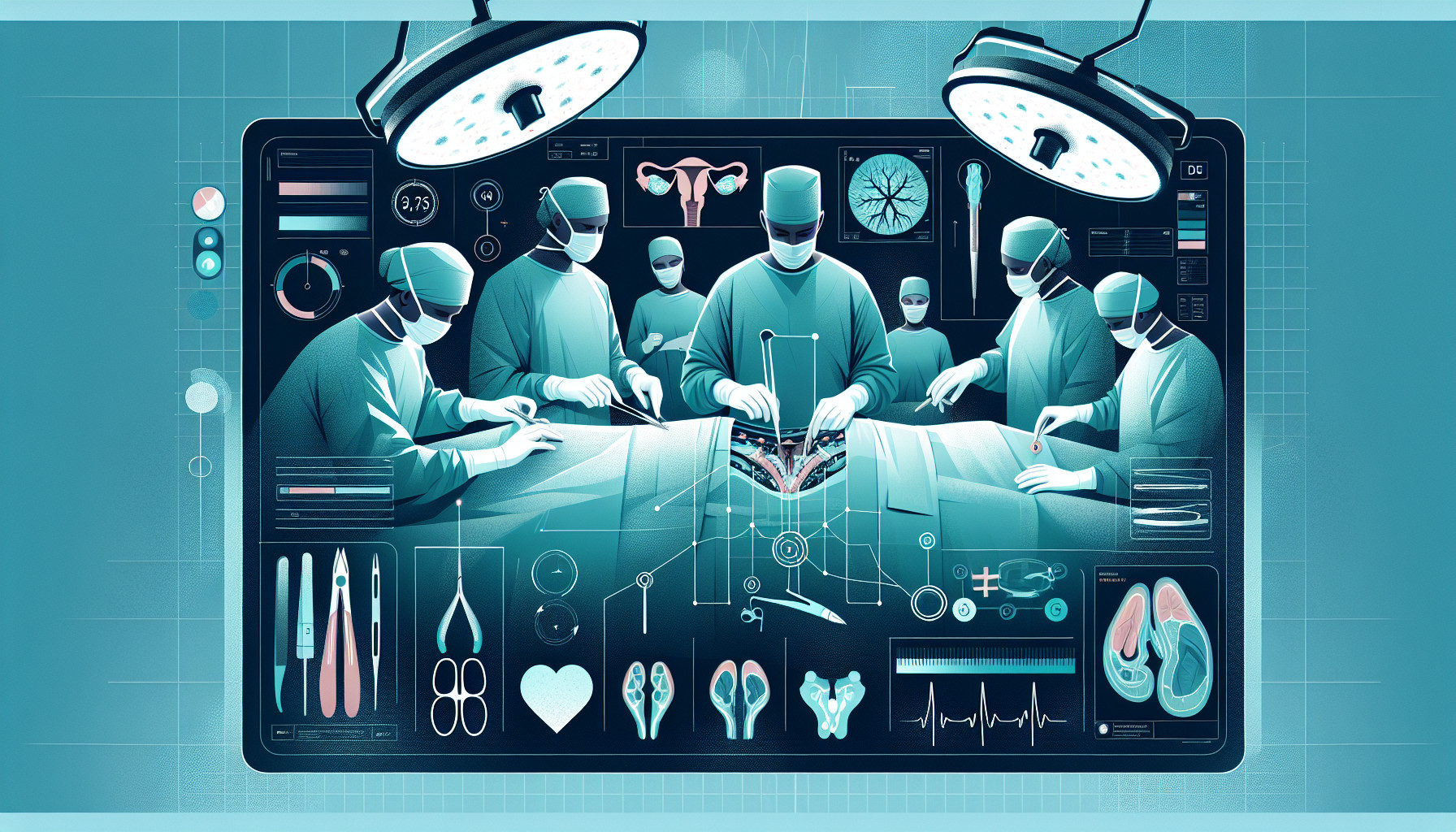Our Summary
This research paper is a detailed review of how successful three different methods are at extracting sperm from men who have nonobstructive azoospermia, a condition where a man has no sperm in his semen. The three methods examined are microdissection testicular sperm extraction (micro-TESE), conventional testicular sperm extraction (cTESE), and testicular sperm aspiration (TESA).
The research looked at 15 different studies, which included a total of 1,890 patients. The results showed that the micro-TESE method was 1.5 times more likely to successfully extract sperm compared to the cTESE method. Additionally, the cTESE method was 2 times more likely to successfully extract sperm compared to the TESA method.
However, the researchers were not able to compare other aspects of the procedures or the pregnancy outcomes because the studies they looked at did not consistently report this information. The researchers concluded that sperm retrieval was most successful with the micro-TESE method, followed by the cTESE method, and least successful with the TESA method. They also suggested that having standardized reported outcomes and combining all sperm retrieval data could help to further understand these procedures.
FAQs
- What is nonobstructive azoospermia?
- Which method of sperm extraction was found to be the most successful in the research?
- Why were the researchers unable to compare other aspects of the procedures or the pregnancy outcomes?
Doctor’s Tip
A helpful tip a doctor might give a patient undergoing testicular surgery is to follow all pre-operative instructions carefully, such as fasting before the surgery and stopping certain medications as advised. It is also important to discuss any concerns or questions with your healthcare provider before the procedure. After surgery, it is crucial to follow post-operative care instructions to ensure proper healing and reduce the risk of complications. Additionally, attending all follow-up appointments and communicating any changes or concerns with your doctor is essential for a successful recovery.
Suitable For
Patients who are typically recommended testicular surgery include those with nonobstructive azoospermia, a condition where a man has no sperm in his semen. This condition can be caused by various factors such as genetic abnormalities, hormonal imbalances, or testicular dysfunction. Testicular surgery is often recommended for men with nonobstructive azoospermia who are seeking fertility treatment, as it allows for the retrieval of sperm for use in assisted reproductive techniques such as in vitro fertilization (IVF) or intracytoplasmic sperm injection (ICSI).
Testicular surgery may also be recommended for patients with other conditions such as testicular cancer, varicocele (enlarged veins in the scrotum), or testicular torsion (twisting of the testicle). In these cases, surgery may be necessary to remove a tumor, repair damaged tissue, or alleviate pain and discomfort.
Overall, patients who are recommended testicular surgery are those who are seeking fertility treatment, have a specific condition affecting the testicles, or are experiencing symptoms that require surgical intervention. It is important for patients to consult with a urologist or reproductive endocrinologist to determine if testicular surgery is the appropriate course of action for their individual situation.
Timeline
Before testicular surgery, a patient may undergo various tests and consultations to determine the best course of action. This may include physical exams, blood tests, imaging tests, and discussions with a urologist or reproductive specialist. The patient may also be counseled on the potential risks and benefits of the surgery.
During the surgery, the patient will be under anesthesia and the surgeon will make an incision in the scrotum to access the testicle(s) and extract sperm. The specific method used will depend on the individual’s condition and the surgeon’s recommendation.
After the surgery, the patient will need to rest and follow the post-operative care instructions provided by their healthcare team. This may include taking pain medication, wearing a scrotal support, and avoiding strenuous activities for a period of time. The patient may also need to follow up with their healthcare provider for monitoring and further treatment.
Overall, the timeline for a patient before and after testicular surgery can vary depending on the individual’s specific situation and recovery process. It is important for patients to communicate with their healthcare team and follow their recommendations for the best possible outcome.
What to Ask Your Doctor
Some questions a patient should ask their doctor about testicular surgery for sperm extraction include:
- What are the different methods available for sperm extraction from the testicles?
- What are the success rates of each method in terms of retrieving sperm?
- What are the potential risks and complications associated with testicular surgery?
- How long is the recovery period after the surgery?
- Will I need to undergo any additional procedures or treatments after the sperm extraction?
- What are the chances of achieving a successful pregnancy using the retrieved sperm?
- Are there any lifestyle changes or precautions I should take before or after the surgery?
- How many procedures might be needed to successfully retrieve sperm?
- What is the cost associated with testicular surgery for sperm extraction?
- Are there any alternative options available if the initial sperm extraction procedure is unsuccessful?
Reference
Authors: Bernie AM, Mata DA, Ramasamy R, Schlegel PN. Journal: Fertil Steril. 2015 Nov;104(5):1099-103.e1-3. doi: 10.1016/j.fertnstert.2015.07.1136. Epub 2015 Aug 8. PMID: 26263080
